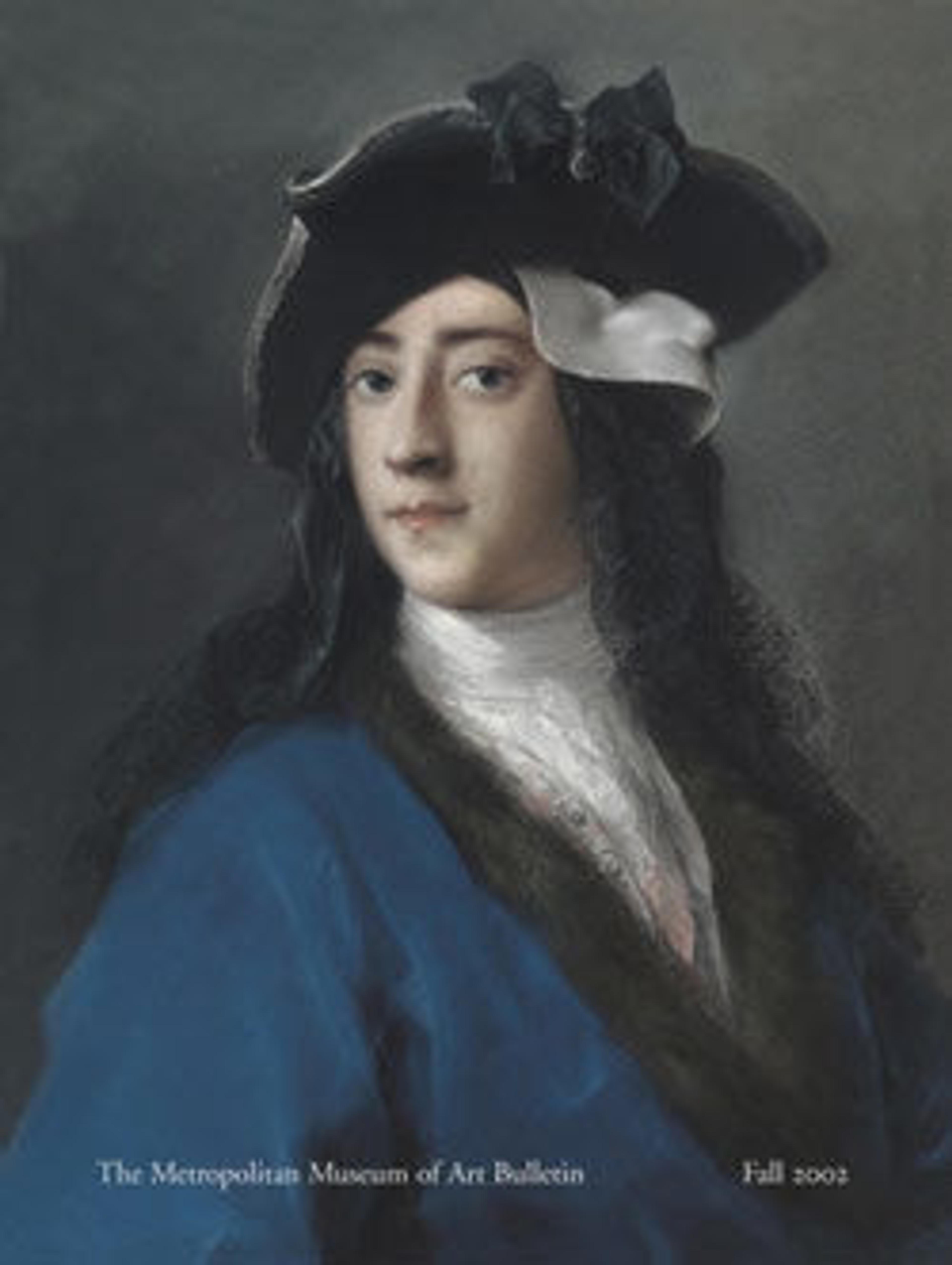Cornet à Pistons in B-flat
The cornet was invented in France in the 1820s as a valved version of the post horn. The instrument met immediate success and soon replaced keyed bugles as a favorite among audiences. This instrument has two valves of the type invented by the German Heinrich David Stölzel (1777 - 1844) in 1814 and which bear his name. Brass instruments with valves dating before 1840 are extremely rare, and this instrument, dated 1833, is one of the earliest surviving examples. Its two valves change the pitch of the instrument by lowering the pitch by a whole step and a half step respectively.
The instrument comes in its original mahogany box with the complete set of accessories: shank for Bb and A, crooks for Ab, G, and F, and two small couplers. Also included are two mouthpieces and a lyre which attaches to the rim (to hold a piece of music).
The instrument comes in its original mahogany box with the complete set of accessories: shank for Bb and A, crooks for Ab, G, and F, and two small couplers. Also included are two mouthpieces and a lyre which attaches to the rim (to hold a piece of music).
Artwork Details
- Title: Cornet à Pistons in B-flat
- Maker: Courtois frères
- Date: 1833
- Geography: Paris, France
- Culture: French
- Medium: Brass, touch pieces of ivory
- Dimensions: 7 1/2 × 4 5/8 × 15 1/2 in. (19.1 × 11.7 × 39.4 cm)
- Classification: Aerophone-Lip Vibrated-horn
- Credit Line: Purchase, Amati Gifts, 2002
- Object Number: 2002.190a–n
- Curatorial Department: Musical Instruments
More Artwork
Research Resources
The Met provides unparalleled resources for research and welcomes an international community of students and scholars. The Met's Open Access API is where creators and researchers can connect to the The Met collection. Open Access data and public domain images are available for unrestricted commercial and noncommercial use without permission or fee.
To request images under copyright and other restrictions, please use this Image Request form.
Feedback
We continue to research and examine historical and cultural context for objects in The Met collection. If you have comments or questions about this object record, please contact us using the form below. The Museum looks forward to receiving your comments.
